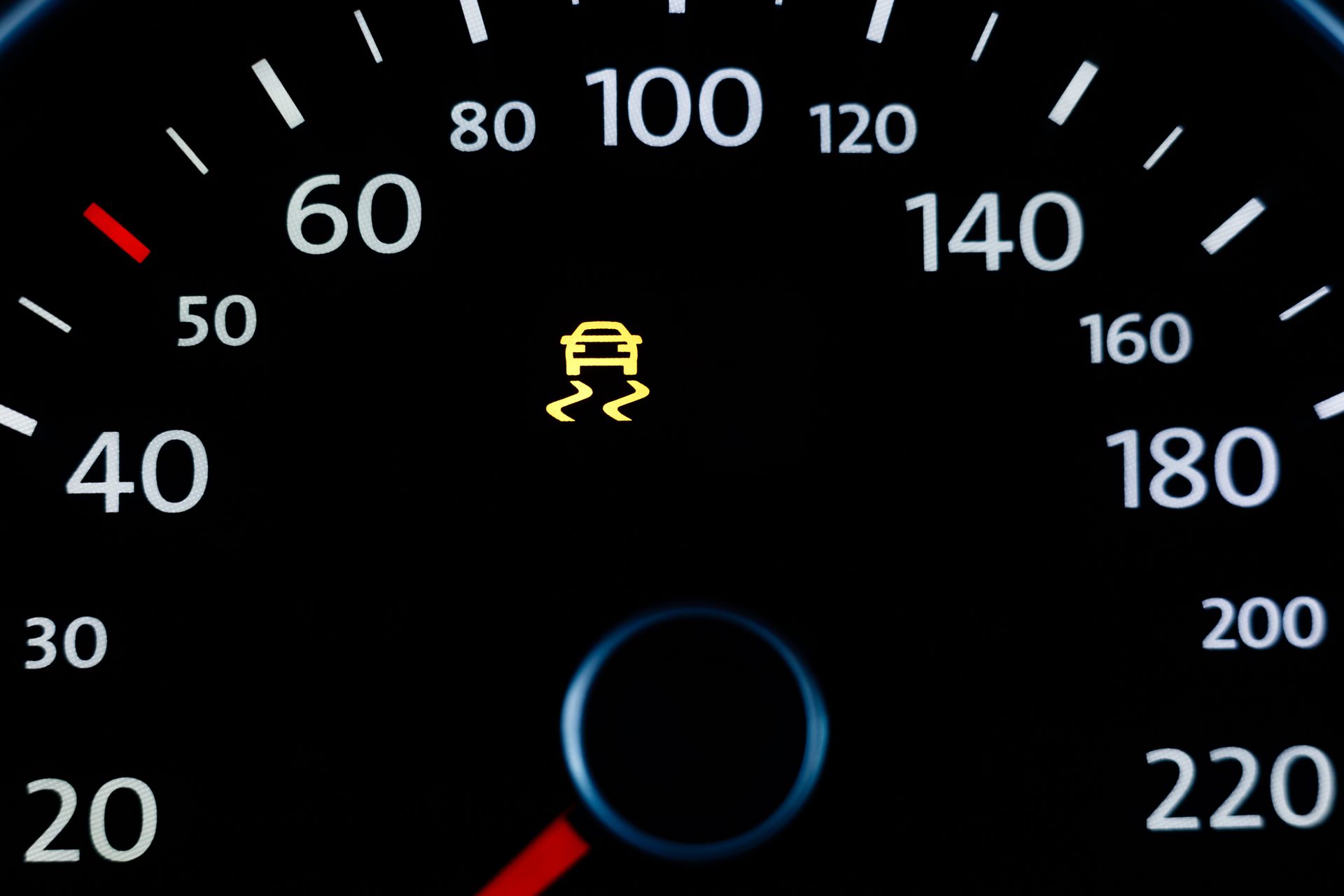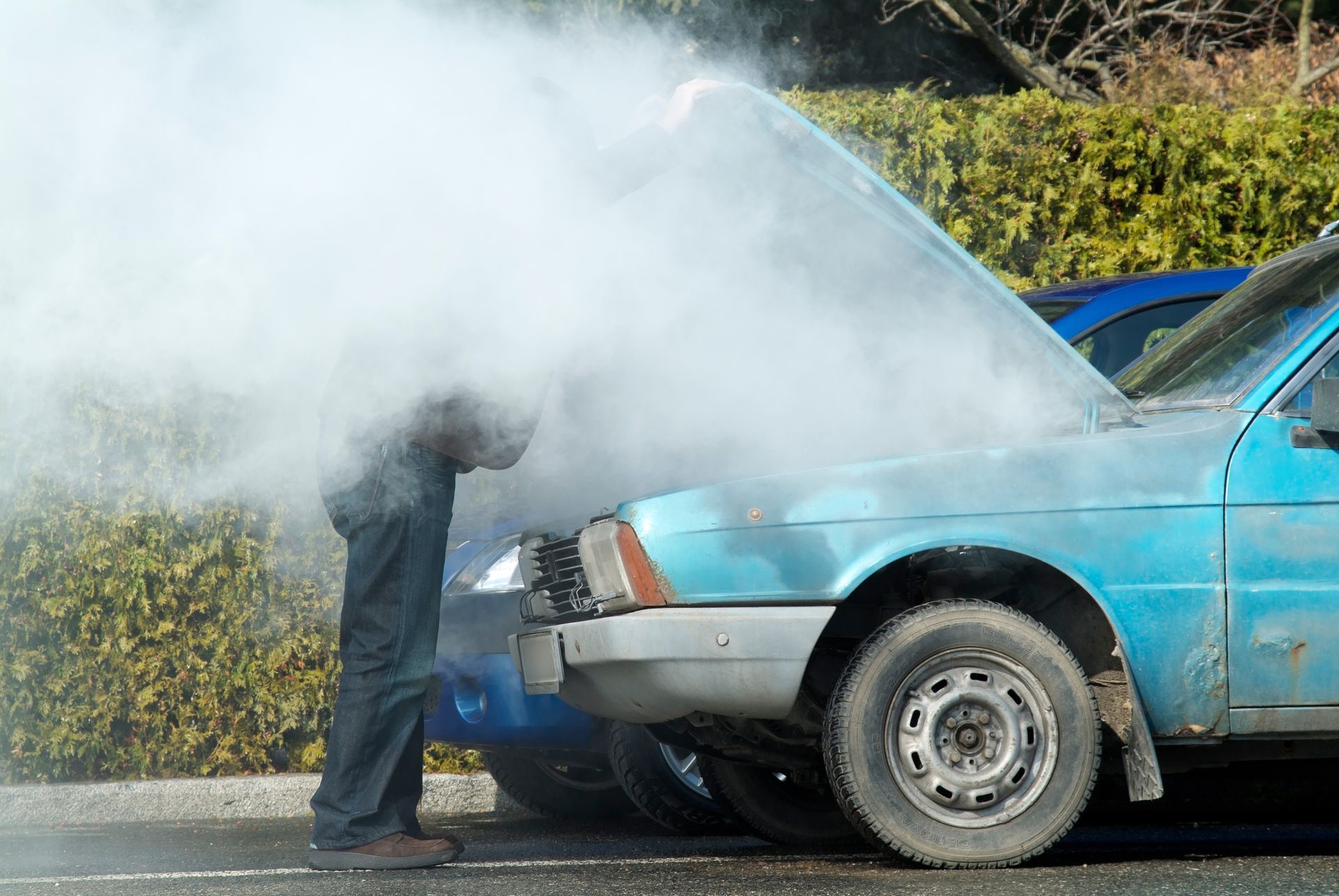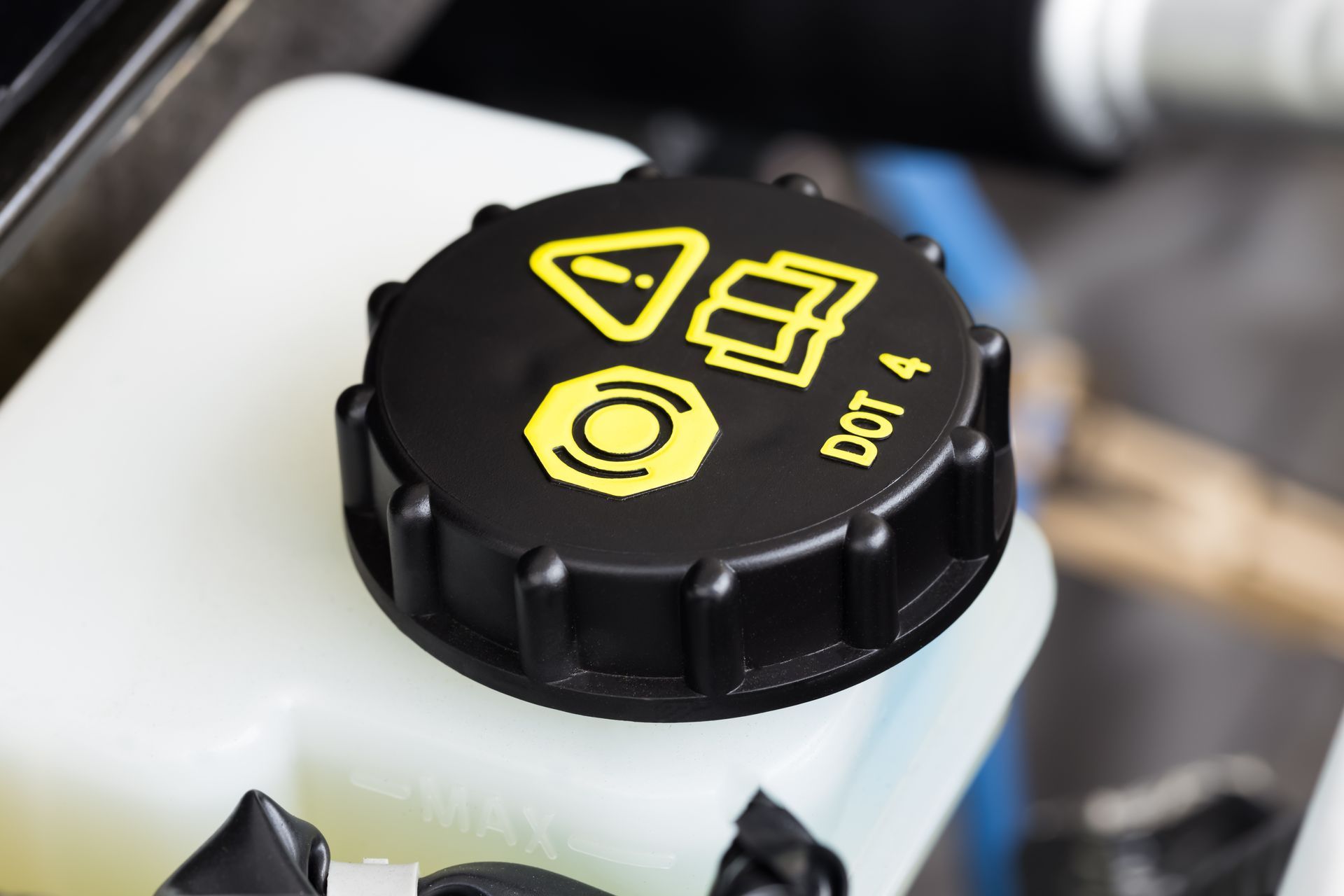
The power steering system warning light is one of the many dashboard lights that can come on in your car. It's usually accompanied by a message on the dashboard display, telling you to check or service the power steering system. But what does this warning light mean, and what should you do if it comes on?
The power steering system warning light comes on when there's a problem with the power steering system. This could be caused by a leak in the system, low fluid levels, or a failing pump. If you see this light, it's important to have the system checked by a mechanic as soon as possible.
If the power steering system warning light comes on while you're driving, it's important to keep a few things in mind. First, don't panic. The power steering system is still working, but you may notice that it feels harder to turn the wheel. Second, avoid sudden movements or turns, and take extra care when driving in tight spaces. Finally, if possible, pull over and turn off the engine until you can have the system checked by a mechanic.
If you see the power steering system warning light on your dashboard, don't ignore it. Bring your car to a mechanic as soon as possible to have the system checked and repaired.
Here are a few possible meanings of the light:
- Power steering fluid is low
- There's a leak in the power steering system
- The power steering pump is failing
- The power steering belt is loose or broken
- There's an electrical problem with the power steering system
If you're not sure what the light means, ask a mechanic or consult your car's owner's manual. Ignoring the light could lead to serious problems with the power steering system, so it's always best to err on the side of caution.
If you're experiencing problems with your power steering, it's important to get them fixed as soon as possible. The experts at BG Automotive can help diagnose and fix the problem so you can get back on the road safely and quickly. Please give us a call today to schedule an appointment!










